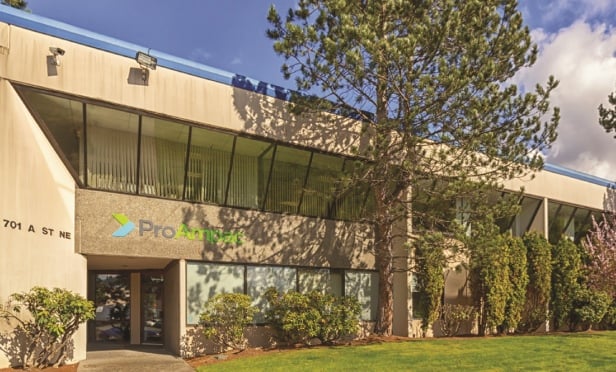(Our RealShare Conferences are growing, with a new 2013 roster. Check out the new calendar and sign up for an event near you.)
NEW YORK CITY-When you think of prime places for office investment, the first cities that come to mind might be New York, Chicago or San Francisco. But institutional and private investors alike can stand to gain by peeling the onion back one layer's worth to the second tier, metros that might boast smaller populations and less imposing skylines.
What they offer is a smaller swarm of competitive investors and, usually, growth possibilities either because of their suddenly hot vertical markets--think tech--or their potential from benefitting by another state's problems (Check out our exclusive: State Wars).
As Todd Liker, managing director at Oak Tree Capital Management, said in the recent Transwestern/Real Estate Forum Capital Markets Symposium, “It's very difficult for us to make the math work and achieve opportunistic returns when large core and core-plus institutional investors are chasing major deals in the primary markets.”
But what constitutes a second-tier market is, as Ray Torto, Boston-based head of global research for CBRE, “Nebulous. My secondary could be some else's primary.” In selecting top picks for this article, “I tried to stay in markets above 20 million square feet of office and under 100 million. I also defined them as places that do not win 'beauty' contests from institutional investors.
“Institutional buyers want institutional exits,” adds Steve Pumper, Transwestern's capital markets EMD. “They may buy in value add or core-plus and take a leasing risk. If they think they can lease up in two to four years and take that institutional exit, it's easier to underwrite both on the acquisition and disposition side.”
Perception plays a large part in an investment strategy, and Pumper notes that many secondary markets are perceived as boom-bust. But cities that might otherwise be so classified also have job potential and right-to-work rules “that will benefit such cities as Austin.”
(Come back this afternoon to read our experts' Top Five Secondary Markets.)
© Touchpoint Markets, All Rights Reserved. Request academic re-use from www.copyright.com. All other uses, submit a request to [email protected]. For more inforrmation visit Asset & Logo Licensing.







